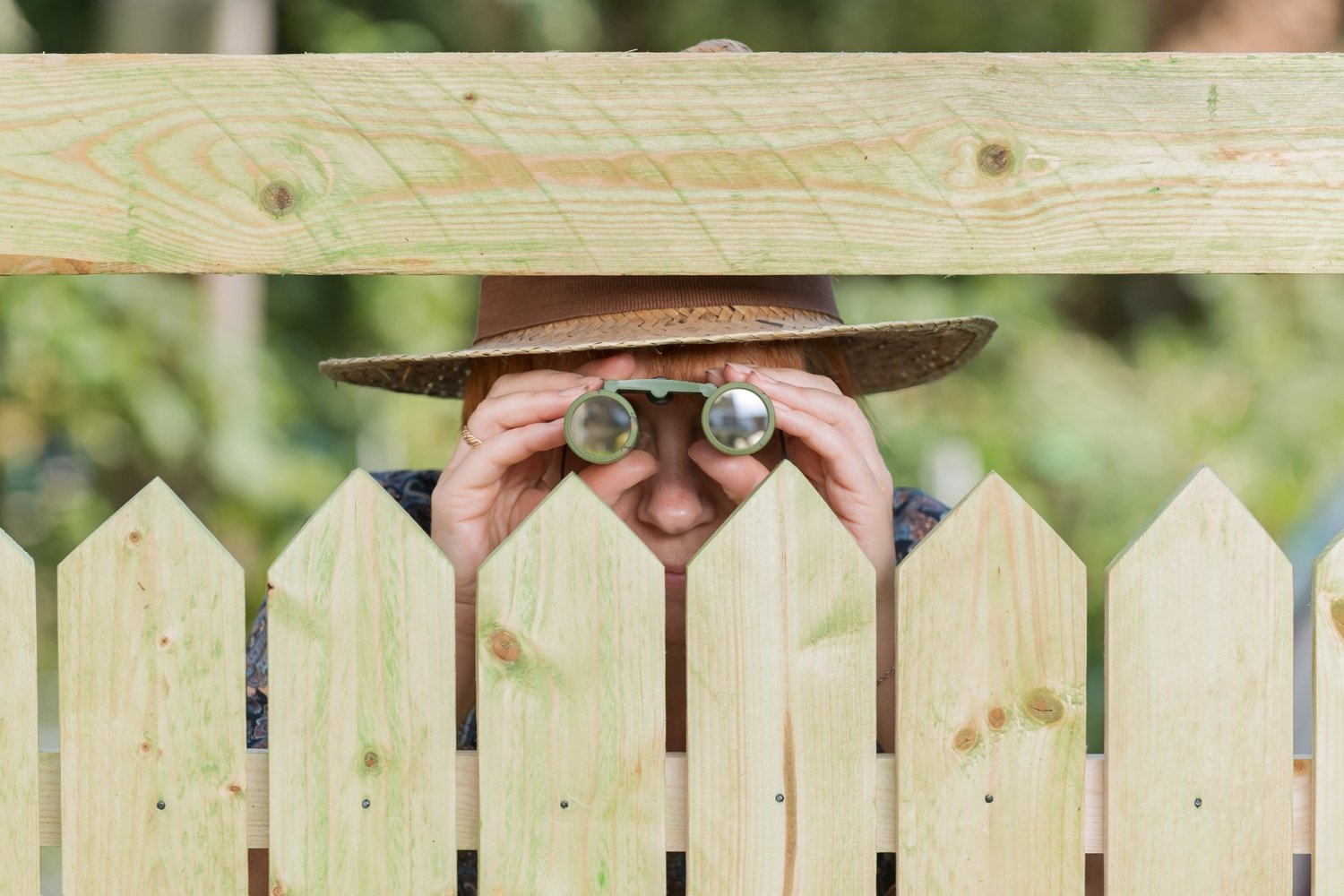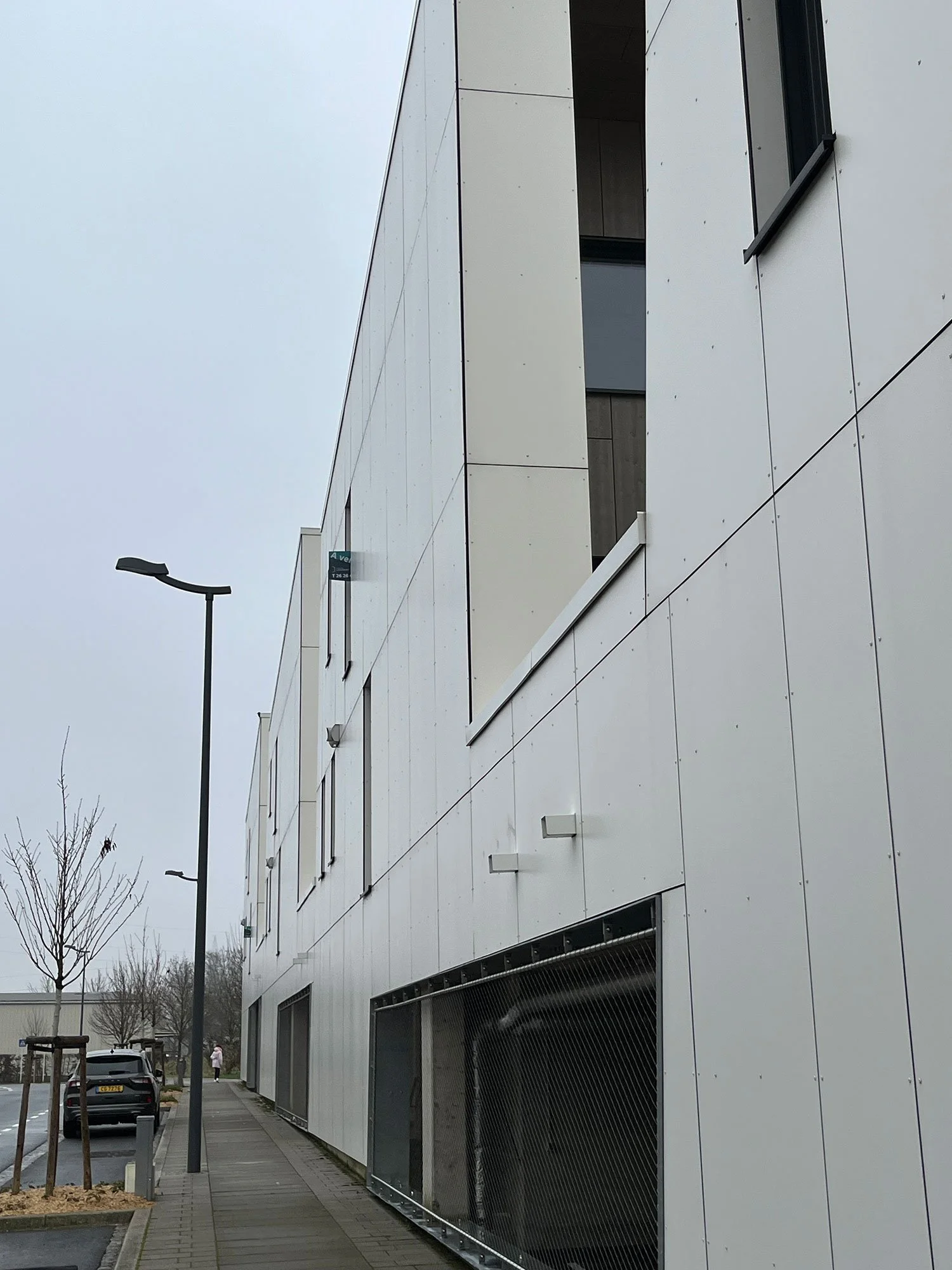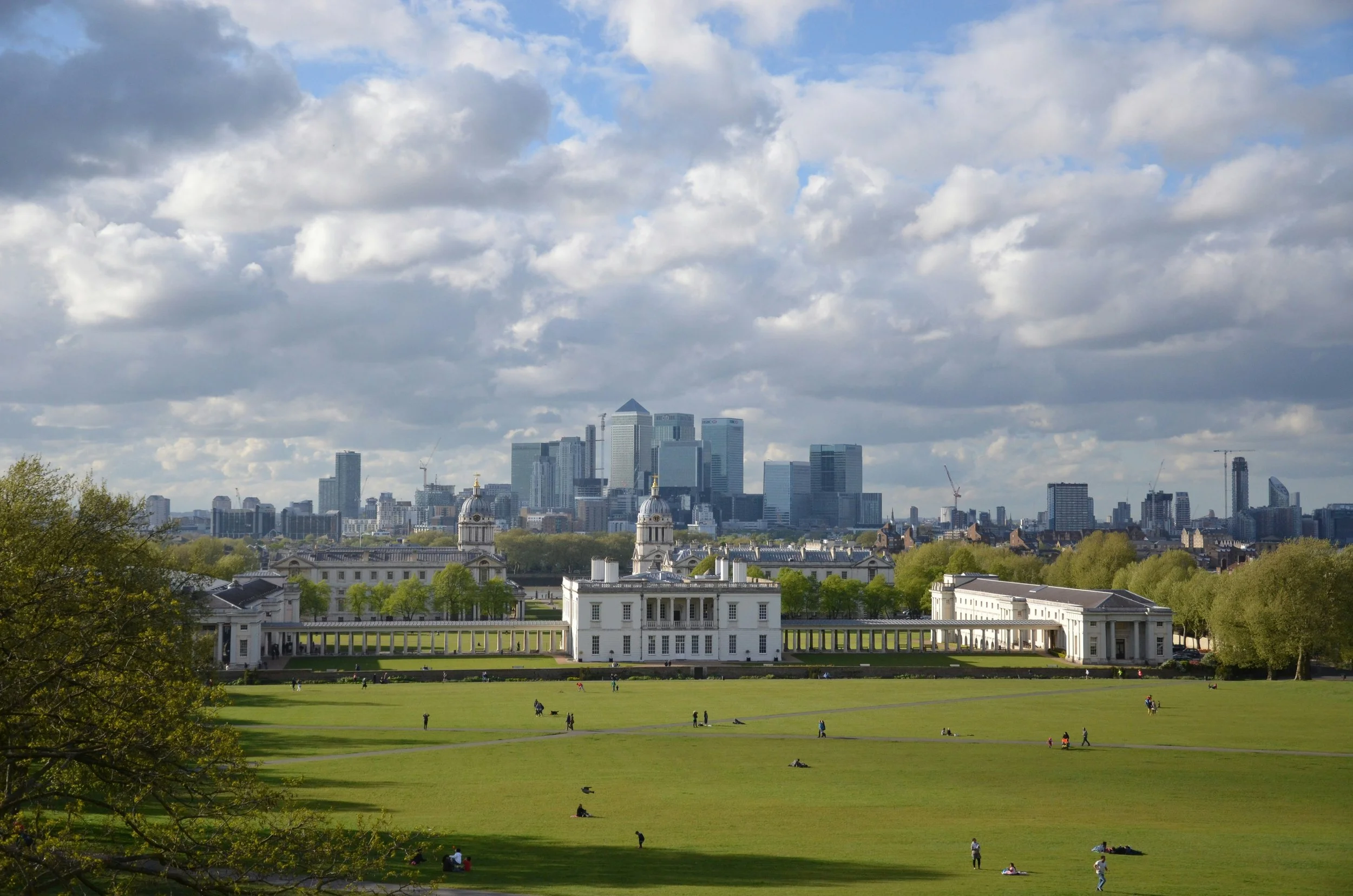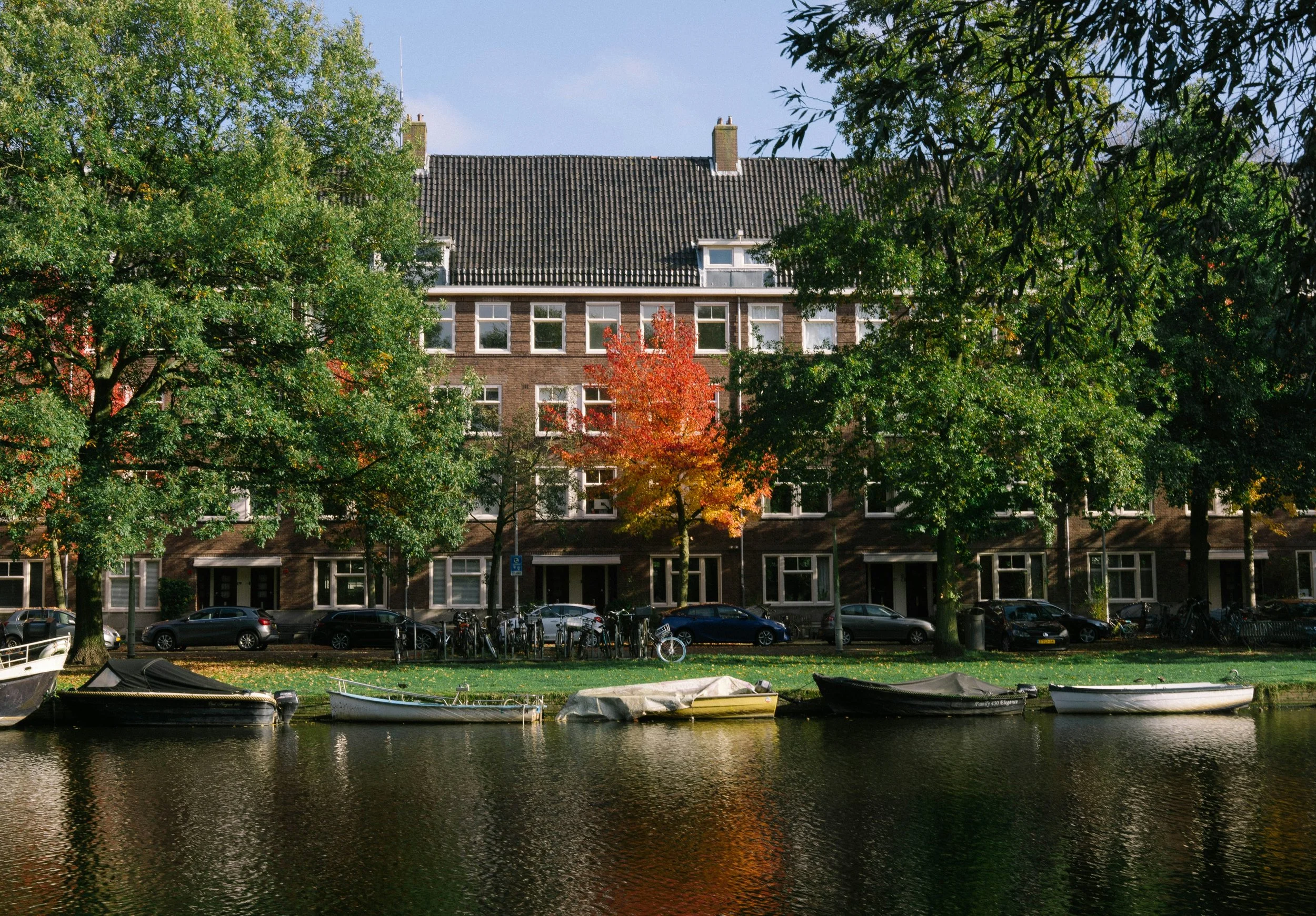From Family Home to Human Storage: A Luxembourg Real Estate Journey.
This four-part series takes a closer look at how Luxembourg’s growing room rental market is reshaping our neighbourhoods - and what it means for the quality of life and the future of community life.
1. Good for the Landlord, Bad for the Neighbourhood
On paper, it’s brilliant. A landlord’s dream. Minimum effort, maximum return.
Why rent your lovely three-bedroom home to one family, when you could turn it into six individual income streams? Why settle for €3,000 a month when you could rake in €6,000 or more, without so much as a nod to insulation, parking, or the neighbours’ sanity?
It’s not difficult to see the attraction. Especially when the law doesn’t ask too many questions, and when the commune’s main strategy for managing the issue is hoping nobody calls to complain.
And so, the room-by-room rental model is cheerfully sold as flexible, modern, even socially responsible:
• It provides housing!
• It’s good for young people!
• It’s an efficient use of space!
All of which sounds terribly noble, until you actually visit one of these places.
Because here’s the uncomfortable truth: these aren’t happy, harmonious flat shares full of friends taking turns cooking organic lentil stews. They’re overcrowded bedrooms rented to whoever is desperate enough to take them. New arrivals. Seasonal workers. People between jobs. People between options. Sometimes two to a room, sharing a single bathroom with six, seven, eight others.
This isn’t a housing solution. It’s a business model that works best when the tenants can’t say no.
It’s also one of the few investment strategies where the neighbours end up paying the hidden costs:
The cars, because single-family houses were never designed to accommodate eight adults with vehicles. The noise, because ten people generate a bit more life than one family of four, even if they’re all relatively well-behaved. The rubbish, because more bodies mean more bins or, in many cases, rubbish bags neatly stacked next to the bins because they won’t all fit. And, of course, the slow vanishing of any real sense of who actually lives on your street.
It’s passive income. Very active nuisance.
The perfect business model, unless, of course, you’re the one trying to park your car, get a decent night’s sleep, or raise your children next door to it.
2. The Hidden Costs (for the Rest of Us)
Passive Income, Active Nuisance: Who Really Pays for the Colocation Boom?
It’s easy to get dazzled by the numbers. The landlord’s income doubles, maybe triples. The housing crisis looks - on paper - just a little bit solved. More people housed, fewer vacancies. What’s not to like?
Well… everything, if you happen to live anywhere near it.
Because while the spreadsheet looks beautiful, the street view tells a different story.
Parking? Good luck.
Single-family houses weren’t built with the expectation that six adults, or eight, or ten, would all arrive with their own vehicles. Add those cars to streets already struggling with limited parking, and you get what urban planners like to call “increased demand for shared mobility.”
In practice? Endless circling. Pavements blocked. Bin day turning into an obstacle course. Green spaces mysteriously paved over, all in the name of passive income.
Noise? Naturally.
One family of four makes the usual human sounds. Ten unrelated adults with unpredictable schedules, rotating in and out like flight crews on layover? That’s a different soundtrack altogether.
It’s not about bad behaviour, it’s just maths. Bodies make noise. Multiply the bodies, and the noise follows.
Waste and Infrastructure? Overloaded.
More bins. More rubbish. More strain on the water systems, sewerage, waste collection. And not much incentive, in many cases, for individual tenants to care whether the paper goes into the blue bag or the glass into the green one - why would they, if they might only be there for a couple of months and the bins are already full?
Safety? Optional.
Many of these setups dodge fire safety upgrades by simply not admitting what they really are. Officially, it’s one household. In practice, it’s six, maybe eight, depending on how many mattresses can be wedged in.
Fire exits? Sometimes blocked by bikes. Electrical circuits? Doing their best. Smoke detectors? Let’s not get bogged down in detail.
And perhaps worst of all: the quiet erosion of social fabric.
The neighbourly nod. The friendly wave across the street. The simple fact of knowing who actually lives around you. Because when tenants come and go like hotel guests, the sense of place goes with them. And once it’s gone, it’s hard to get back.
Colocation done well - thoughtfully, legally, with proper agreements and respect for the space - can be part of a healthy housing landscape.
But the profit-maximised version? The one that treats homes as revenue streams and neighbours as collateral damage?
That’s not urban living. That’s human storage.
Still curious? The story continues in [Part III →]
If you’d like to share your thoughts or personal experiences, I would be happy to hear from you.
written by Helen M. Krauss


















